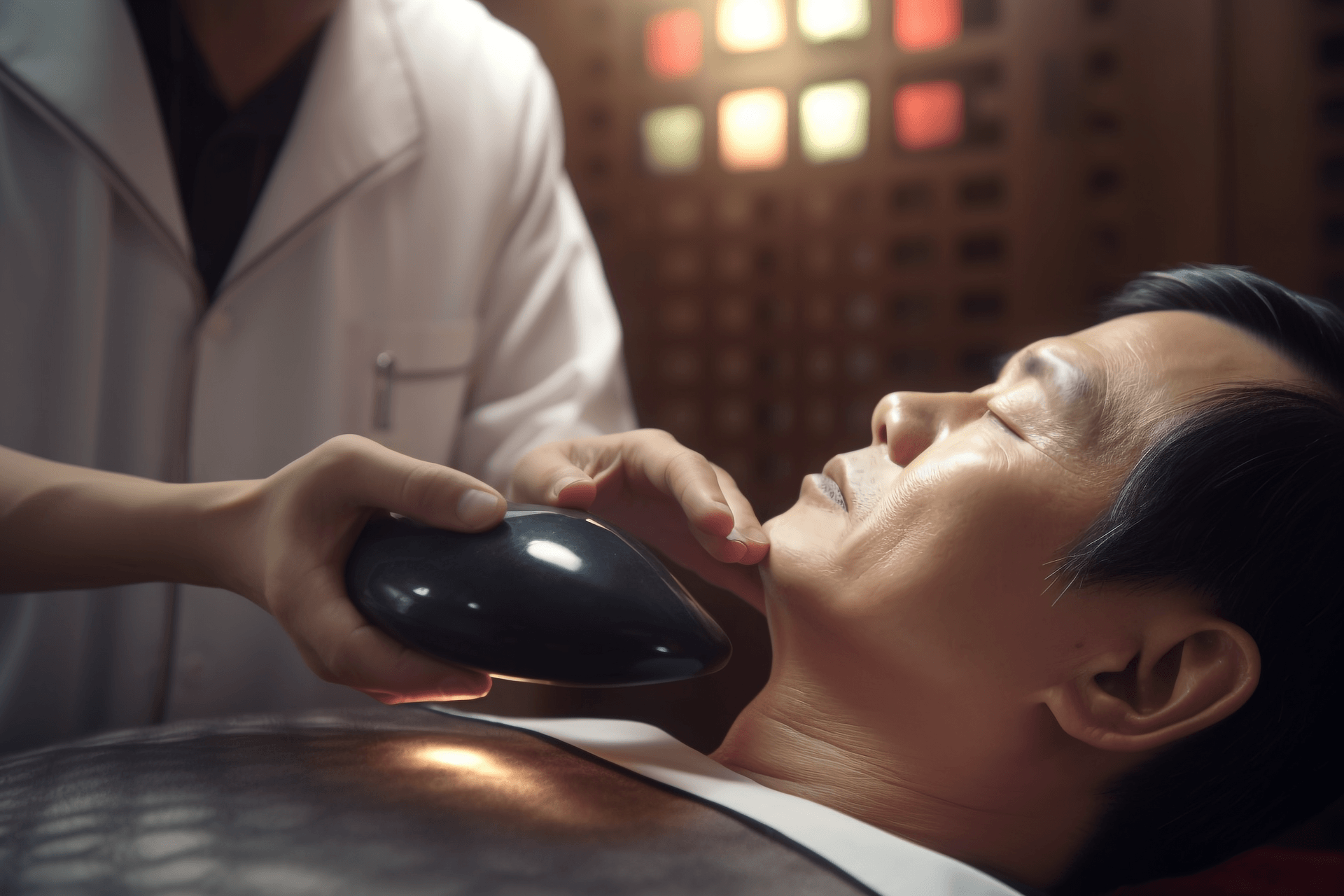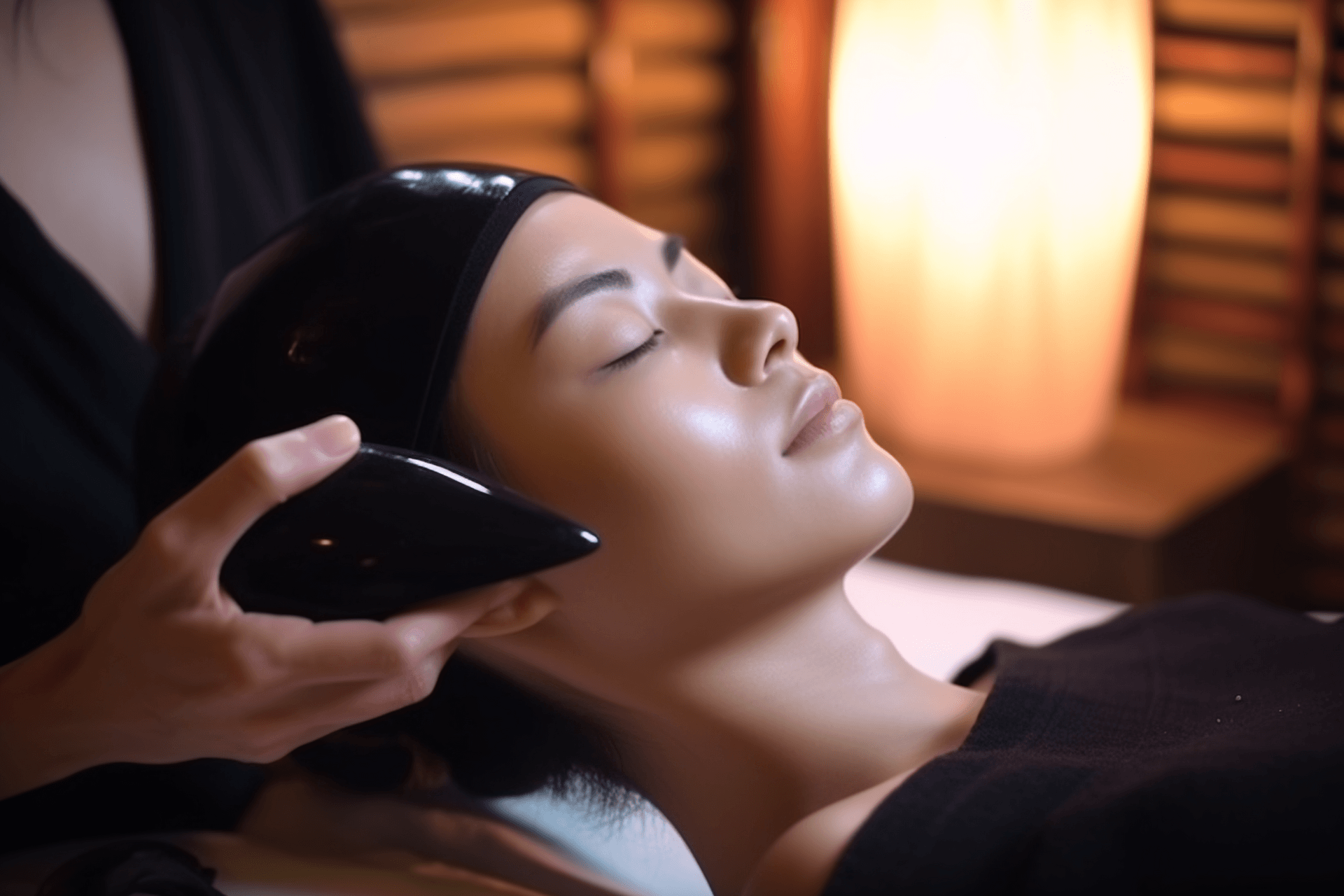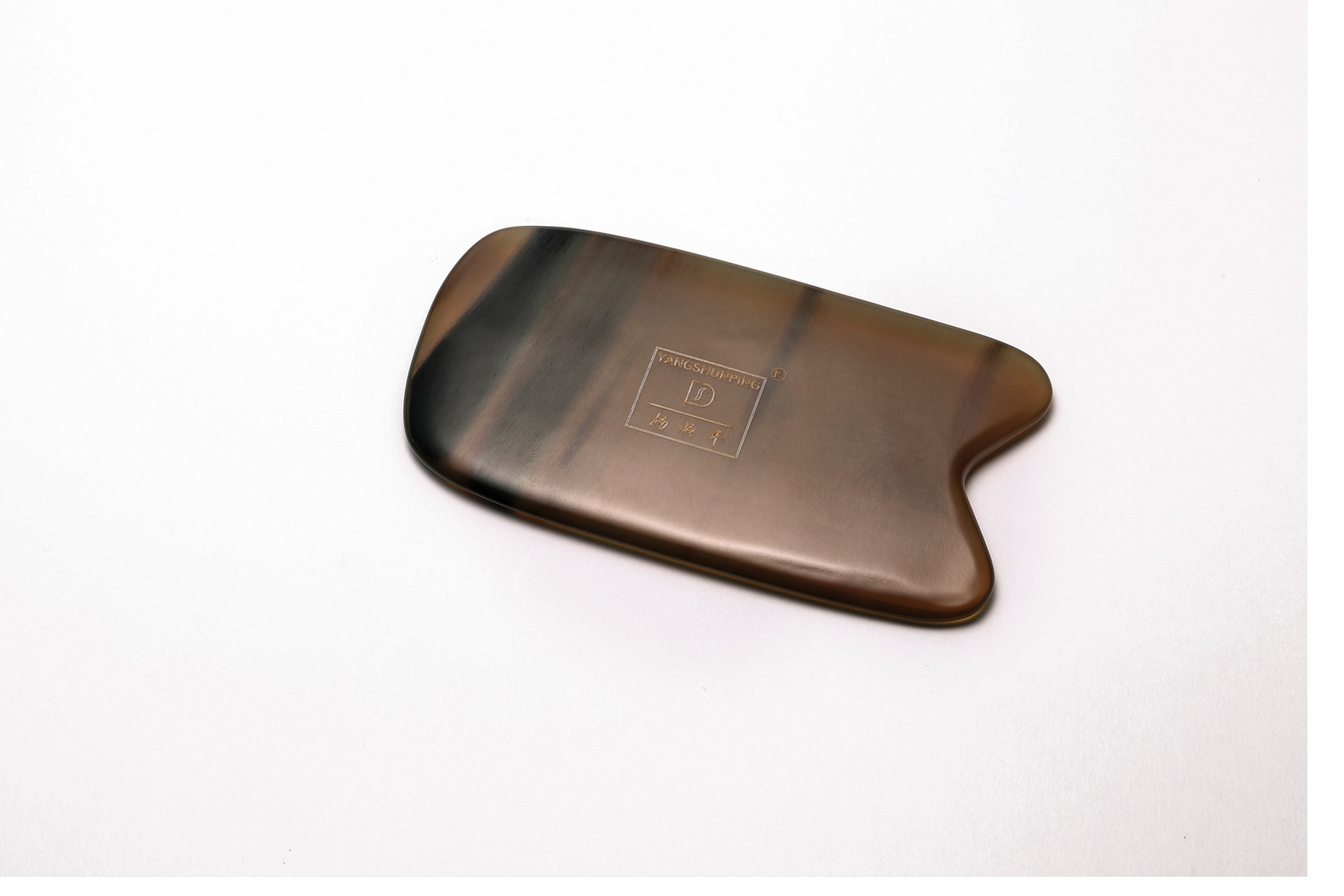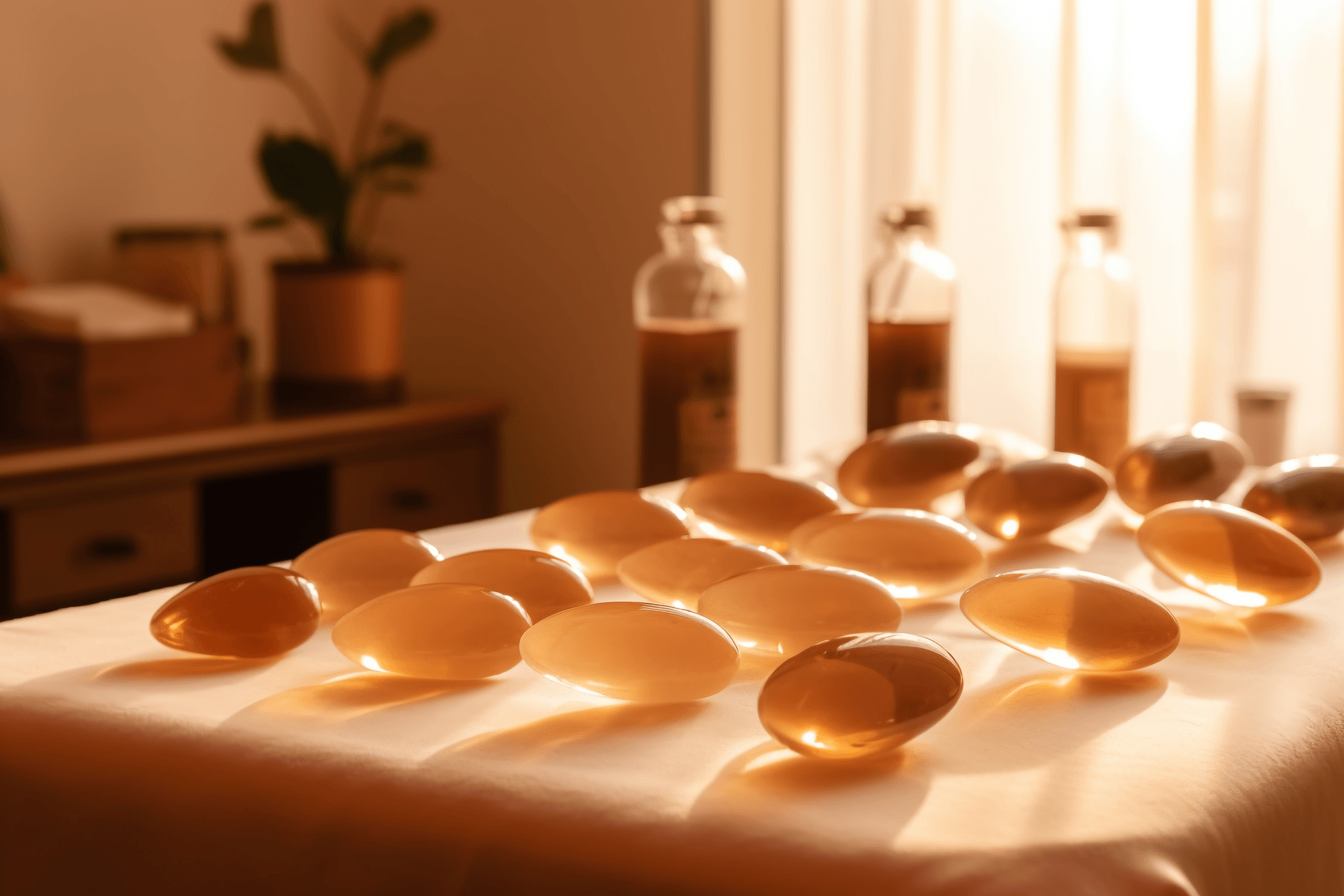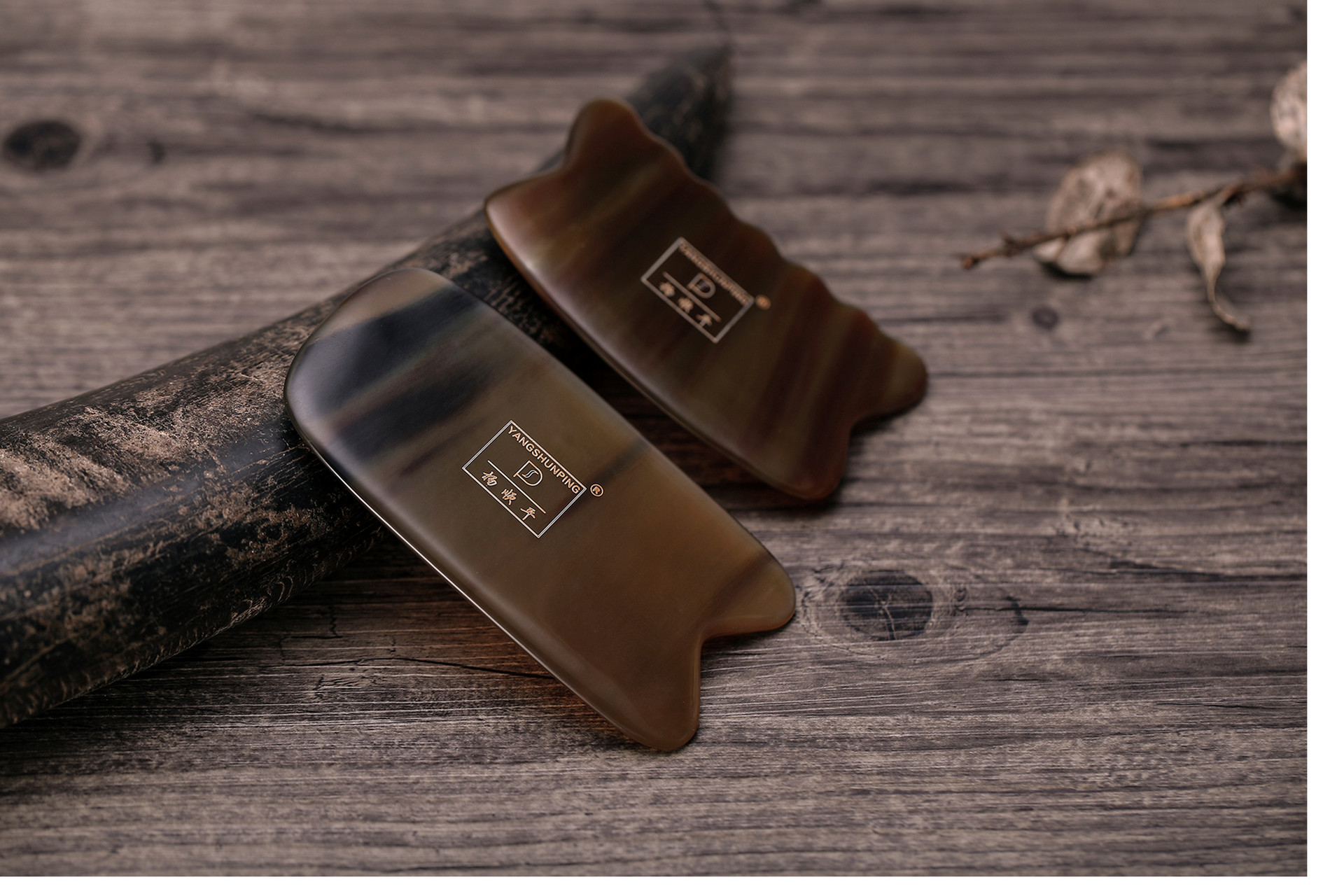Scraping Therapy, also known as "Sha Zhen" or "Malaria", has two aspects of meaning. In a broad sense, it refers to the "Sha" rash sign, which is the manifestation of scraping; and it also refers to the morphological appearance of the rash, which is small red dots on the skin resembling millet. It refers to the slightly obstructed rash points along the skin. In the book "Lin Zheng Zhi Nan Yi An" by Shao Xinfu in the Qing Dynasty, it is said, "Sha refers to the general term for rashes, with grain-like bumps on the head." It is a common manifestation on the surface of the skin, reflecting the common characteristics of the development and changes of many diseases. It is not an independent disease, as many diseases can present with scraping signs. Scraping is a common syndrome of many diseases, collectively referred to as "Sha Syndrome", hence the saying "all diseases can cause scraping".
What disease does Sha Syndrome correspond to in modern medicine? It is currently difficult to determine. The scope of Sha Syndrome is very broad. In existing ancient Chinese medical texts, there are records of various diseases related to Sha Syndrome, including internal, external, gynecological, pediatric, etc. The book "Sha Jing He Bi" introduces more than 40 types of Sha Syndrome, with a total of over 100 associated types. Based on the described symptoms, "Jiao Gong Fan Zhang Sha" is similar to modern tetanus; "Zhui Chang Sha" is similar to inguinal hernia; "Chan Hou Sha" is similar to postpartum fever; "Peng Zhang Sha" is similar to ascites; "Pan Chang Sha" is similar to intestinal obstruction; "Tou Feng Sha" is similar to migraine; "Suo Jiao Ying Sha" is similar to acute appendicitis, etc. In addition, there are various other types such as cold Sha, hot Sha, summer Sha, wind Sha, hidden Sha, stuffy Sha, white hair Sha, brain rushing Sha, hanging foot Sha, green vein Sha, etc.
In a narrow sense, Sha Syndrome specifically refers to a certain disease. Ancient people believed that Sha Syndrome is mainly caused by the conflict between internal wind, dampness, and fire. There are eight types of external evils, dampness and heat in the earth, and human beings experience hunger, fullness, labor, and rest. During the summer and autumn seasons, the three types of wind, dampness, and heat are prevalent. If a person overexerts or has imbalanced activities, external pathogenic factors invade the skin, and the Yang Qi cannot circulate and dissipate, resulting in the frequent occurrence of Sha Syndrome. Sha Syndrome can occur in all seasons, but is more common in summer and autumn. The main features of Sha Syndrome are the presence of scraping points and a feeling of sour distension. Depending on the severity of the condition, the clinical manifestations can be divided into general manifestations and acute severe manifestations: 1) general manifestations: often accompanied by dizziness, headache, irritability, whole-body soreness, fatigue, burning sensation in the chest and abdomen, numbness in the limbs, and even coldness. When the evil enters the Qi division, it causes swelling and distension; when it enters the blood division, it accumulates and stagnates; when it encounters food stagnation and phlegm fire, it forms a conglomeration and does not disperse, resulting in bloating and fullness in the abdomen. Severe cases may also experience nausea and vomiting. 2) acute severe manifestations: immediate onset of chest tightness, restlessness, severe chest pain, or alternating vomiting and diarrhea, or the desire to vomit or defecate but unable to do so. Severe cases may experience sudden dizziness and fainting, pale lips and face, mute, coldness in the hands and feet, or cold sweat on the forehead, or no sweat on the whole body, with visible veins, bloodless when a needle is inserted, scraping points appearing and disappearing, and a bluish-black color on the lips and tongue. These are signs of a critical condition.
In modern medicine, scraping is considered to be the rupture of the skin or subcutaneous capillaries, which is a natural hemolysis phenomenon. It is prone to occur in areas where the meridians are not smooth and the blood circulation is poor. It is different from traumatic congestion and swelling. On the contrary, scraping can promote the smoothness of the meridians, accelerate the absorption of congestion and swelling, and reduce or eliminate pain. Therefore, scraping therapy can promote the early recovery of diseases.



